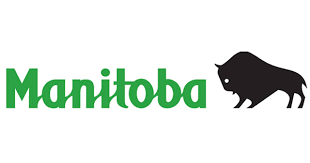As the winter snow melts away lawns and gardens start to reappear. Most years this is a pleasant sight. Some years, however, what appears instead of an orderly fall prepared lawn is an infrastructure of grass lined streets and roads. These pathways are an indication that it has been a very busy winter for a small rodent known as the Meadow Vole. These little creatures also go by the aliases of Field Mouse and Meadow Mouse.
Voles are active all year round but are seldom seen. They are most noticed after a cold winter with a fair amount of snow. The pathways most often are revealed from an area where the snow was deepest such as under a drift created directly by the wind or a bounce back drift from a building or other object.
Voles are relatives of the mouse but are not true mice. The differences centre around a stouter body, shorter hair covered tail, rounder head, smaller ears, smaller eyes and a slightly different type of teeth.
Their preferred habitats are fields and grassy areas, including cultivated lawns. What is seen after the snow has melted are runways on the surface of the ground. The runways are marked by trimmed grass that has been used for food during the winter. These runways are created by the constant movement of the voles under the snow. Some trails are more heavily used than others and may lead to an area of food storage or nesting site in a more protected area.
The voles move in the space between the ground and the under layer of snow. This living space is called the subnivean zone. The subnivean zone can be created in two main ways. When the snow starts to fall it is caught up on long grasses, branches, twigs and leaves and never reaches the ground, thus creating a cave like space. In an open area the space is formed by a different process. The first snow that lands on the ground is slightly heated by warmth in the ground and this warmth causes a change in the snow. The thin contact area between ground and snow under goes a change whereby the solid snow is changed into water vapour with no liquid stage. The snow at the contact area changes into ice crystals because of this process. The ice crystals form an insulating roof which allows the voles to tunnel, undetected, beneath the snow and be insulated from the cold.
In a majority of cases the damage to lawns is not terribly severe and self correcting. It may take a little more raking to clean up the grass trimmings but little else.









